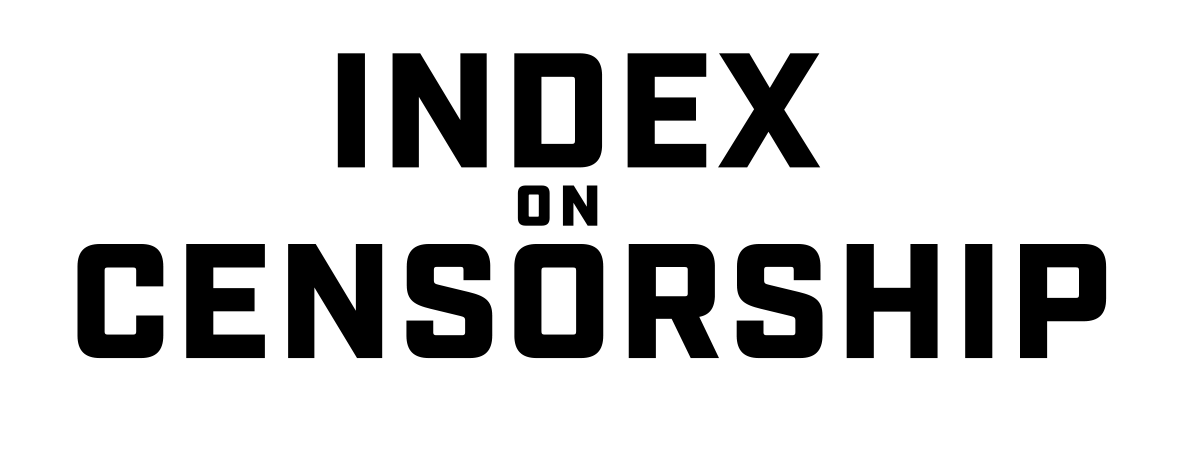5 Oct 2010 | Uncategorized
On 18 August 1936, poet and playwright Federico García Lorca (1898-1936) was killed by General Francisco Franco’s Nationalist Civil Guard on a mountainside in Andalucia.
Now a short film set in Barranco de Viznar, near the site where hundreds — if not thousands — of people, including Lorca, were murdered and thought to have been buried in a mass grave at the beginning of the Spanish Civil War, is part of an exhibition in London paying tribute to Spain’s most treasured writer.
Muerto de Amor, on until 9 October at the MP Birla Millennium Art Gallery, in West Kensington, brings together the work of 11 artists, working in a range of mediums, including painting, ceramics and installations.
Artist Carlos Espana, who also curated the exhibition, transcribed and engraved 120 Lorca quotations on ceramic earthenware plaques and hung them from trees, using them as the emotional focus of the film, which, Espana says, honours the memory of Lorca and the other innocent victims who died there.
Under the Franco dictatorship, discussion of the atrocities of the Spanish Civil War was restricted. But over the last two decades, there has been a call for the country to come to terms with their harrowing past.
In 2009, historians and archaeologists excavated the site where the murder of Lorca and so many others were thought to have taken place, but, after two months, no human remains were found. The facts of the writer’s death remain shrouded in mystery.
4 Oct 2010 | Uncategorized
This article originally appeared in The Guardian
Where do you draw the line between free speech and national security? At what point do issues of justice trump potential threats to soldiers, translators and informants?
Last Thursday, Julian Assange answered these questions and more in a debate pitting him against the Times columnist David Aaronovitch at London’s City University that was sold out within hours, with TV crews and photographers flying in from around the world.
Assange found himself having to defend WikiLeaks, in particular the leaking of documents detailing Nato’s actions in Afghanistan. How would he feel if any Afghan citizens were killed as a result? Assange replied that the Pentagon had not identified a single person who had been harmed. But he added, somewhat chillingly: “I’m not scared to make mistakes or be blamed, or even accidentally cause harm in the cause of justice.”
The circumstances surrounding the debate were bizarre. Assange had contacted Index on Censorship’s chief executive, John Kampfner, through an intermediary: he would be in London, would Index be interested in hosting a talk by him?
Assange was told he would have to debate with one of his sternest critics. He agreed but had his own stipulations: no press photographers at the event; it could only be filmed by a camerawoman sanctioned by Index and the university; there would be no press calls, or live stream (this caused considerable consternation on Twitter).
How could Index, the UK’s leading free expression organisation, keep out broadcast media? In the end we decided it was worth going ahead. People in the lecture theatre would be free to tweet and liveblog.
The days leading up to the debate were tense: Assange went awol, and 36 hours before the event we were seriously considering cancelling. After a day and a half of nervous phonecalls, however, he emerged and was led through the university’s back corridors, avoiding the waiting cameras.
As the debate ended, the photographers and film crews were allowed in. A sensible compromise had been reached. But the situation demonstrated the tightrope that free-speech campaigners walk every day.
4 Oct 2010 | News and features

It does not matter if you agree with Geert Wilders’s film, Fitna, or his politics. He must not be prosecuted for expressing his views, writes Oliver Kamm
(more…)
4 Oct 2010 | Uncategorized
It was good to see Dominic Grieve, the attorney general, championing free speech on the first day of the Conservative party conference yesterday in Birmingham.
First, he spoke alongside Kenneth Clarke, secretary of state for justice, at a Liberty fringe event and when asked how he’d deal with rabble-rousing jihadists, he answered that he wasn’t a fan of hate speech laws. He’d much rather see hatemongers publicly dismissed or challenged rather than pursued through the courts.
He added that he felt that free speech had been eroded and it looks very likely that some of the Labour government’s misguided terrorism legislation (including glorification) will be repealed. The attorney general made another appearance later on in the day at the libel reform campaign fringe event with Index on Censorship, Sense about Science and English PEN in the Castle Fine Art gallery, flanked on each side by Bob Dylan’s perplexing pseudo Van Gogh paintings. Although he managed to upset Simon Singh by referring to the blogosphere as “froth”, his support for the campaign, along with that of John Whittingdale MP, chair of the Culture, Media and Sport select committee, went down well with campaigners last night.

